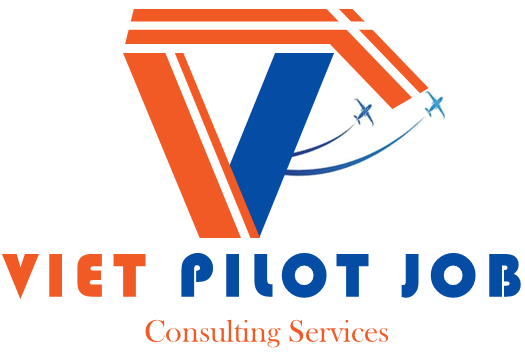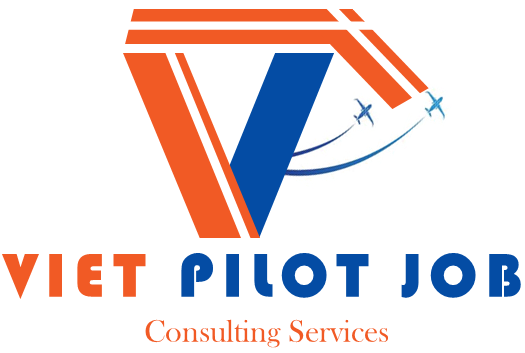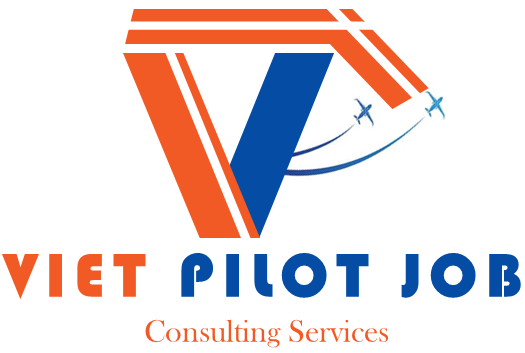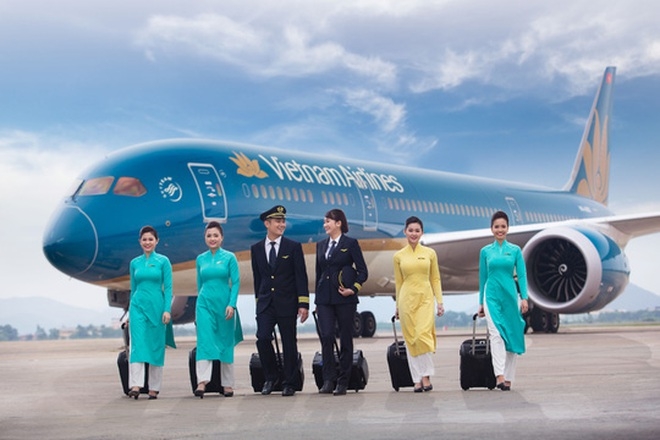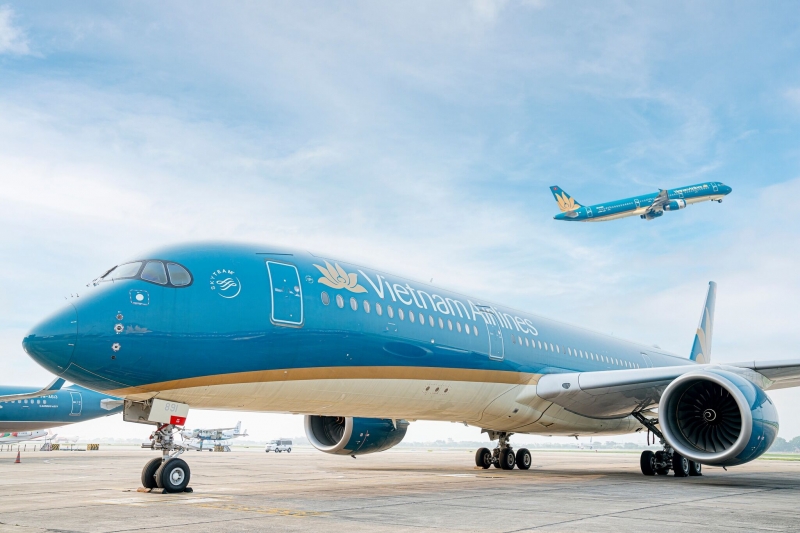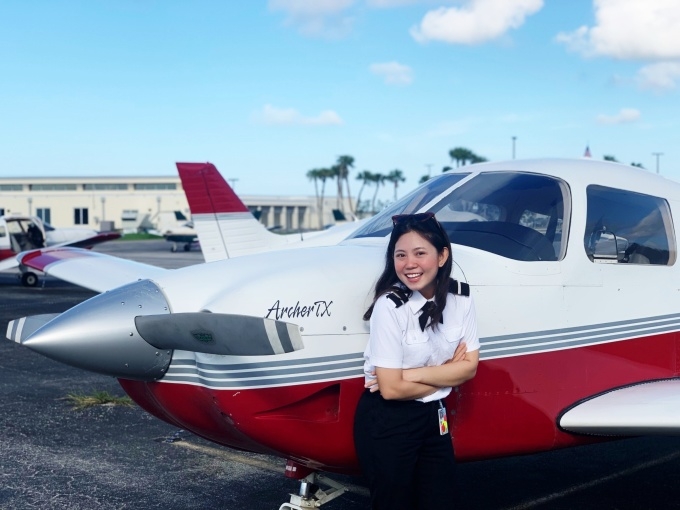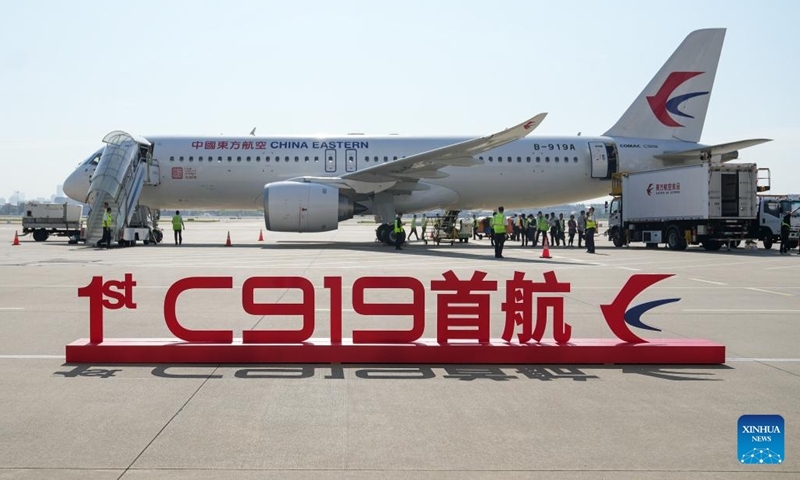There are many hurdles to becoming an airline pilot - tests at every corner and throughout your career.
You’ve completed the lVFR training, Instrument Rating, Type Rating, and your Base Training… but you’re not done yet. The final test as a new airline pilot is your Line Training, a number of sectors prescribed by your airline under the watchful eye of a Training Captain - the final hurdle between you and your airline pilot career.
HOW TO PREPARE FOR LINE TRAINING
If you have time, practice the journey to work, find your parking, work out how long it takes to get to the crew room and make sure you know what paperwork you need and how to get it. Turning up late, without the correct paperwork would not be a good look on your first day.
You are likely to be asked a series of questions by your Training Captain on your Line Training and while you may not answer them all instantly, you need to know where to find the answers - so get acquainted with your manuals. Have a good knowledge before getting into the aircraft will leave you with more spare capacity whilst operating.
Each airport you fly to will have its own challenges and threats; whether it’s complex taxi instructions, terrain, short approaches… the list goes on. Your airline will provide some guidance on each destination.
Showing that you have spent some time to read up on these and be prepared for each airport you visit will not only look impressive to the Training Captain but also it will increase your capacity and improve your situational awareness - all qualities that your airline will be looking to demonstrate during your Line Training.
And don’t forget your passengers! Airlines are increasingly looking for flight crew to demonstrate a good understanding of customer awareness and help provide the best experience for passengers - part of this is the ‘PA’ or Passenger Announcement. Your Captain will always deliver the introductory announcement and so you’ll be expected to update passengers during the flight. It’s nerve-wracking experience for some. Practice at home and be sure to include any mandatory information required by your airline.
Top tip - when delivering your PA make sure you're not still on the radio - it’s a common mistake that’s caught out many colleagues (and entertained many ATCs being wished a pleasant flight!)
Cre: Aileron
You’ve completed the lVFR training, Instrument Rating, Type Rating, and your Base Training… but you’re not done yet. The final test as a new airline pilot is your Line Training, a number of sectors prescribed by your airline under the watchful eye of a Training Captain - the final hurdle between you and your airline pilot career.
HOW TO PREPARE FOR LINE TRAINING
1) Know your way around the report centre
The first day of line training will really bring out those nerves, to make things worse you may not know exactly where to go - that’s not exactly something you want on a 5 am report.If you have time, practice the journey to work, find your parking, work out how long it takes to get to the crew room and make sure you know what paperwork you need and how to get it. Turning up late, without the correct paperwork would not be a good look on your first day.
2) Be time aware
Airline operations are time sensitive so it’s important that you know where you are in relation to your schedule at all times. Starting from the crew room, make sure you walk out to the aircraft early enough so you have time to set up for an on time departure. After getting onto the aircraft and checking through the initial documents for the flight (flight plan, tech log, etc.), set a target time to conduct the pre-flight brief. This will show the trainer you have an awareness of the time you have to depart. Showing time awareness and making sure the flight departs on time will take some pressure off you for the rest of the day.3) Flight bag Checklist
You’ll become very accustomed to checklists during your airline career and this one is just as important to ensure you don’t forget anything crucial on your first day:- Passport
- Licence
- Airline ID
- Logbook
- Pens
- Notepad (for feedback)
- A few night stop essentials (for a planned or unexpected overnight stop)
4) Get to know your airline manuals
You won’t be expected to know every single manual inside out, you’re unlikely to meet a pilot who does! You will however be expected to have a good knowledge of the Standard Operating Procedures (SOPs) and a good working knowledge of the airline manuals.You are likely to be asked a series of questions by your Training Captain on your Line Training and while you may not answer them all instantly, you need to know where to find the answers - so get acquainted with your manuals. Have a good knowledge before getting into the aircraft will leave you with more spare capacity whilst operating.
5) Get to know your airports

Each airport you fly to will have its own challenges and threats; whether it’s complex taxi instructions, terrain, short approaches… the list goes on. Your airline will provide some guidance on each destination.
Showing that you have spent some time to read up on these and be prepared for each airport you visit will not only look impressive to the Training Captain but also it will increase your capacity and improve your situational awareness - all qualities that your airline will be looking to demonstrate during your Line Training.
6) Practice your PAs and Standard Calls
Secured in the flight deck, it can be easy to forget the hive of operations working around you, all necessary to get a flight secured and away. It’s not just your own crew you need to be ready to communicate with, so don’t forget to prep your ‘standard calls’ - to the ground crew, to ATC and response call to checklists, for example.And don’t forget your passengers! Airlines are increasingly looking for flight crew to demonstrate a good understanding of customer awareness and help provide the best experience for passengers - part of this is the ‘PA’ or Passenger Announcement. Your Captain will always deliver the introductory announcement and so you’ll be expected to update passengers during the flight. It’s nerve-wracking experience for some. Practice at home and be sure to include any mandatory information required by your airline.
Top tip - when delivering your PA make sure you're not still on the radio - it’s a common mistake that’s caught out many colleagues (and entertained many ATCs being wished a pleasant flight!)
7) Flight phase checklists
You can never prepare with too many checklists! There are many flight phases to consider, some are more paperwork heavy than others, particularly the turnaround between sectors and the cruise. Both these can also be time constrained, some low-fares airlines turnaround in less than 30 minutes. Create yourself a checklist for these phases of flights to keep you on track and ensure you don’t miss any important details.8) Flight time logging
With logging, we say start as you mean to go on! Line training is memorable - it’s the first time you fly a plane full of passengers and passing is a milestone of achievement - so log those flights with pride. Keep on top of your logbook from day one and you’ll be ready for whenever it needs to be authorised. You should have your logbook ready to present to the authorities at any point, so filling it out after every flight is a great habit to get into from the start of your flying career.Cre: Aileron
Candidates must be trained and graduated at FTOs/ATOs according to the list approved by CAAV and recognized by the airlines.
For any further question, do not hesitate to contact us:
Email: hr@vietpilotjob.com
Tel: +82 70 8835 5914 + 84 28 2222 8899
For any further question, do not hesitate to contact us:
Email: hr@vietpilotjob.com
Tel: +82 70 8835 5914 + 84 28 2222 8899
 English
English
 Korea
Korea